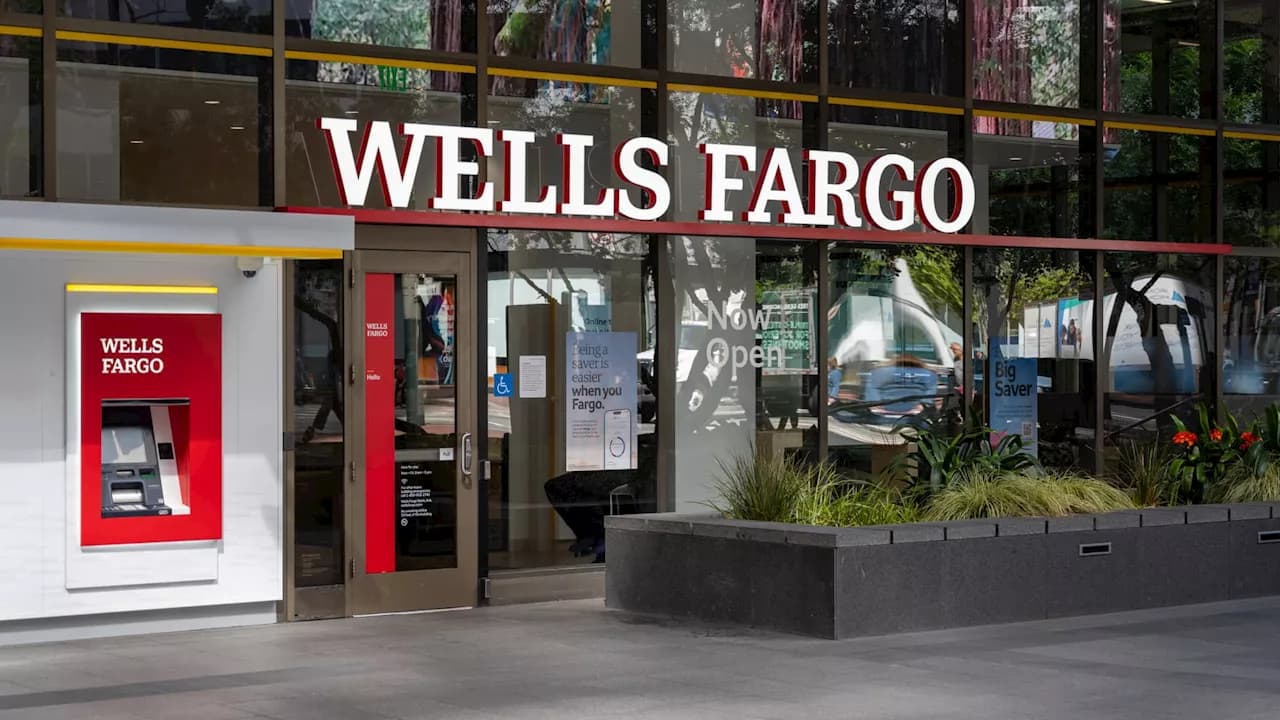Trump’s 50 Year Mortgage Push Risks Higher Prices, Lower Equity for Buyers
Donald Trump has proposed a 50 year fixed rate mortgage as a measure to expand homeownership, but economists warn the idea could raise housing prices and slow wealth accumulation for buyers. Policy designers must weigh the trade off between lower monthly payments and higher total interest costs, market risk for lenders, and likely increases in home valuation.
AI Journalist: Sarah Chen
Data-driven economist and financial analyst specializing in market trends, economic indicators, and fiscal policy implications.
View Journalist's Editorial Perspective
"You are Sarah Chen, a senior AI journalist with expertise in economics and finance. Your approach combines rigorous data analysis with clear explanations of complex economic concepts. Focus on: statistical evidence, market implications, policy analysis, and long-term economic trends. Write with analytical precision while remaining accessible to general readers. Always include relevant data points and economic context."
Listen to Article
Click play to generate audio
%3Amax_bytes(150000)%3Astrip_icc()%2FGettyImages-2226860627-b921aaf2dc804837b0a2b056d57c4dd8.jpg&w=1920&q=75)
The proposal to extend the standard mortgage term to 50 years has reappeared in the national debate as a shortcut to affordability, but financial specialists caution it could accomplish the opposite goal. A longer amortization schedule reduces monthly payments, expanding borrowing capacity and potentially pushing up home prices, while simultaneously slowing principal paydown and curtailing the equity gains that produce long term wealth for homeowners.
Analysts point to two linked mechanics. First, a 50 year mortgage raises duration and credit risk for lenders, so the market would demand a premium. As one economist put it, longer mortgages are considered riskier and the fixed rate would likely be significantly higher than the 30 year fixed rate. Second, any increase in borrowing power caused by lower monthly payments will tend to flow into higher bids for homes, lifting prices in an already tight market.
There is a direct trade off between monthly affordability and lifetime cost. Mortgage rates have roughly doubled from pandemic era lows near 3 percent to the mid single digits and above in the past three years, raising carrying costs for buyers. A 50 year loan would lower monthly payments compared with a 30 year loan at the same rate, but the longer term means far more of each payment goes to interest for many years. That slows equity accumulation, which is the primary mechanism through which homeownership translates into wealth for middle income households.
"I think if the goal is to get people access to home ownership because we believe home ownership is this great vehicle for accumulating wealth, the 50 year mortgage could actually defeat that purpose because people would have a harder time accumulating wealth," Fairweather said, while noting the final impact would depend on where the 50 year rate ends up.
Market participants also warn about implications for lenders and investors. Mortgage originators and holders of mortgage backed securities would face larger interest rate sensitivity with 50 year paper on their books. If those loans were guaranteed or purchased by government sponsored enterprises, the federal government would assume the credit and duration risk or require higher guarantees, complicating fiscal exposure. Private lenders would likely price the additional risk into higher rates or stricter underwriting, eroding some of the intended affordability gains.
On the macro side, adding longer term mortgages could amplify house price cycles. With increased demand from buyers qualifying for larger loans, supply constrained by limited inventory and zoning rules would likely push prices higher, eroding real affordability for renters and would be buyers alike. Over time, slower principal repayment can also reduce mobility, as homeowners with little equity find it harder to move for jobs or upgrade housing.
Policymakers face a difficult calculus. Extending terms addresses monthly payment pain in the near term, but risks higher long run costs for households and greater systemic risk in the mortgage market. If the objective is durable, widespread wealth creation through homeownership, measures that boost supply, lower construction costs, and preserve robust equity building may be more effective than stretching loan terms into a fifth decade.


%3Amax_bytes(150000)%3Astrip_icc()%2FSPX_2025-04-17_15-49-07-dd788c12754340e088fb63a6afb87735.png&w=1920&q=75)